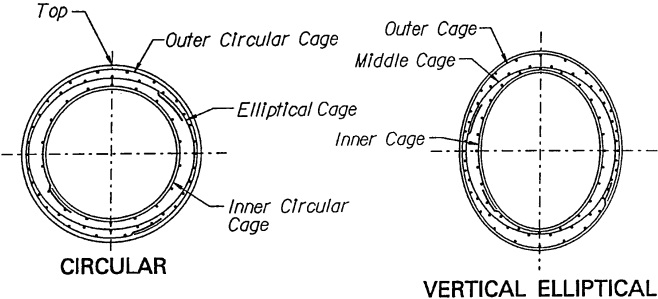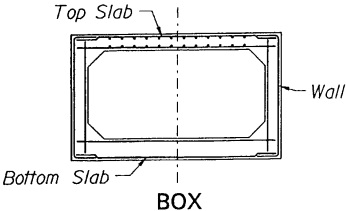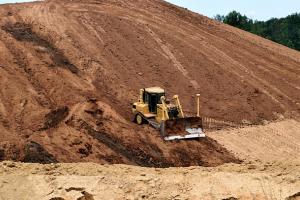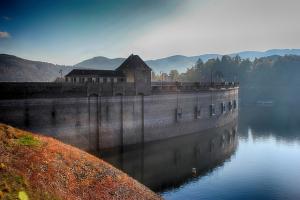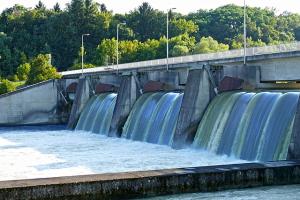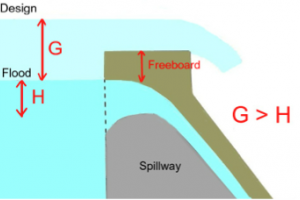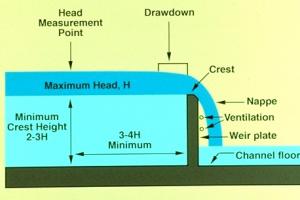Culverts Types, Design, Installation and Materials
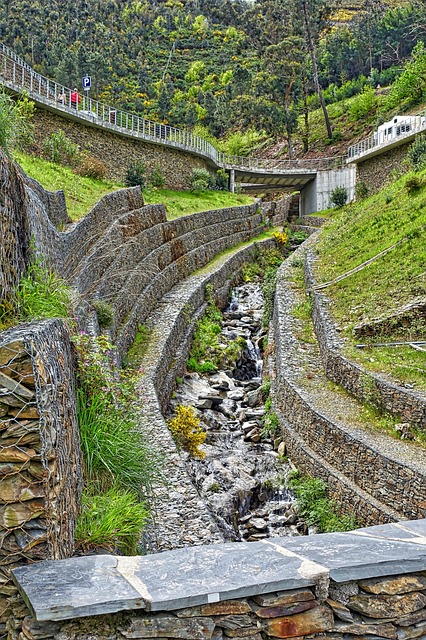
culvert pipe, plastic culvert pipe, culvert landscape design ideas, corrugated steel culvert, concrete culverts
Definition
An opening through an embankment for the conveyance of water by mean of pipe or an enclosed channel.
OR
It is a transverse and totally enclosed drain under a road or railway.
Type of Culverts
- Pipe Single or Multiple
- Pipe Arch Single or Multiple
- Box Culvert Single or Multiple
- Bridge Culvert
- Arch Culvert
Pipe culverts are made of smooth steel, corrugated metal, or concrete material. Their primary purpose is to convey water under roads, although a variety of wildlife use them as passageways. Pipe culverts typically range from 1- 6 feet in diameter and are the least expensive type of culvert. Round culverts are best suited to medium and high stream banks.
Pipe Arch Single or Multiple
Pipe-arch culverts provide low clearance, openings suitable for large waterways, and are more aesthetic. They may also provide a greater hydraulic advantage to fishes at low flows and require less road fill.
Box Culvert Single or Multiple
Box culverts are used to transmit water during brief runoff periods. Theses are usually used by wildlife because they remain dry most of the year. They can have an artificial floor such as concrete. Box culverts generally provide more room for wildlife passage than large pipe culverts. Box culverts are usually made up of Reinforced Concrete (RCC)
Arch Culvert
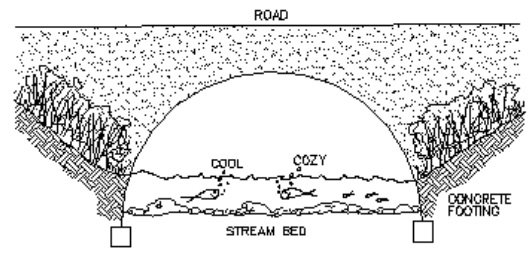 A pipe arch culvert is a round culvert reshaped to allow a lower profile while maintaining flow characteristics. It is good for installations with shallow cover.
A pipe arch culvert is a round culvert reshaped to allow a lower profile while maintaining flow characteristics. It is good for installations with shallow cover.
Materials used for arch culverts are RCC, Corrugated Metal or Stone Masonry.
Design of Reinforced Concrete Culverts
Location
Ideally, the axis of a culvert should coincide with that of the natural streamed and the structure should be straight and short. This may require modification of the culvert alignment and grade. Often it is more practical to construct the culvert at right angles to the roadway. However, the cost of any change in stream channel location required to accomplish this should be balanced against the cost of a skewed alignment of the culvert, and changes in channel hydraulics should be considered.
Grade and camber
The culvert invert gradient should be the same as the natural streambed to minimize erosion and silting problems. Foundation settlement should be countered by cambering the culvert to ensure positive drainage.
Entrance and outlet conditions
It is often necessary to enlarge the natural channel a considerable distance downstream of the culvert to prevent backwater from entering the culvert. Also, enlargement of the culvert entrance may be required to prevent pending above the culvert entrance. The entrance and outlet conditions of the culvert structure directly impact its hydraulic capacity. Rounding or beveling the entrance corners increases the hydraulic capacity, especially for short culverts of small cross section. Scour problems can occur when abrupt changes are made to the streamed flow line at the entrance or outlet of the culvert.
Materials used
Foundation material
Materials to be used for the culvert pipe foundation should be indicated on the drawings. Refer to the geotechnical foundation report for the project.
Bedding materials
Bedding class and materials for culverts should be indicated on the drawings. When designing the bedding for a box culvert, assume the bedding material to be slightly yielding, and that a uniform support pressure develops under the box section.
Purpose and Use
- Culverts are used in roads, bridges, and berm construction to prevent flooding and washing out of roads.
- They also minimize erosion, build-up of standing water, and provide pathways for run-off.


